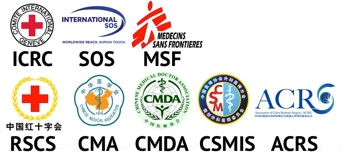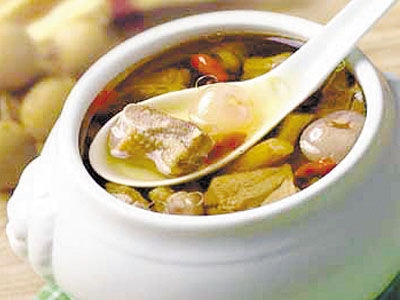

Doctors
Institutions
Conditions
Drugs
Chinese food therapy also called nutrition therapy and dietary therapy is a mode of dieting rooted in Chinese understandings of the effects of food on the human organism, and centred on concepts such as eating in moderation. Its basic precepts are a mix of folk views and concepts drawn from traditional Chinese medicine.
It was the prescientific analog of modern medical nutrition therapy and now qualifies as alternative medicine.
Although the precepts of Chinese food therapy are neither systematic nor identical in all times and places, some basic concepts can be isolated. Food items are classified as "heating" (热; 熱; rè) or "cooling" (凉; 涼; liáng). "Heating" food is typically "high-calorie, subjected to high heat in cooking, spicy or bitter, or 'hot' in color (red, orange)", and includes red meat, innards, baked and deep-fried goods, and alcohol. They are to be avoided in the summer and can be used to treat "cold" illnesses like excessive pallor, watery feces, fatigue, chills, and low body temperature caused by a number of possible causes, including anemia. Green vegetables are the most typical cooling food, which is "low-calorie, watery, soothing or sour in taste, or 'cool' in color (whitish, green)". They are recommended for "hot" conditions: rashes, dryness or redness of skin, heartburns, and other "symptoms similar to those of a burn", but also sore throat, swollen gums, and constipation.
Food therapy has long been a common approach to health among Chinese people both in China and overseas, and was popularized for western readers in the 1990s with the publication of books like The Tao of Healthy Eating (Flaws 1995a) and The Wisdom of the Chinese Kitchen (Young 1999), which also cites Flaws 1995b, Zhao & Ellis 1998, and Simonds 1999.











